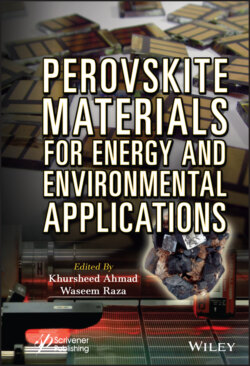Читать книгу Perovskite Materials for Energy and Environmental Applications - Группа авторов - Страница 50
2.6 Drawbacks and Ongoing Challenges of PSCs 1. Pb-free alternatives/toxicity of Pb
ОглавлениеAs we know, Pb is highly toxic and harmful to nature and the environment. Lead harms the microorganisms, which are present in the soil; hence, it is a potential threat to the ecosystem. Lead-based PSCs give high light power conversion efficiencies but to prevent the toxicity issues, we have to find alternatives to Pb. We can use tin as it is safe to replace Pb. In 2014, Pb-free perovskite cells were reported. Here, tin was used (MASnI3) in replacement of Pb, and it achieved power conversion efficiency of 5% to 6% when made with mesoporous TiO2 scaffolds [45, 46]. Cons of tin-based PSCs is that they are not stable in air, and even if they are prepared in an inert environment, they quickly degrade. The main problem is oxidation of tin from +2 to +4 because of self-doping. So the metal which can be stabilized in +2 oxidation state, then that could be used as an alternative to Pb [47].
